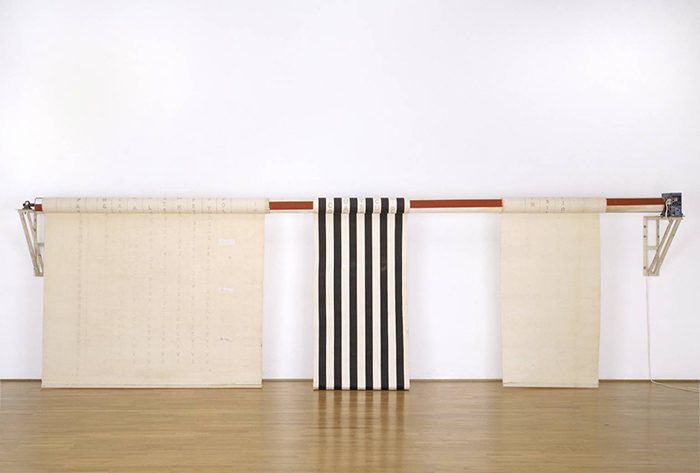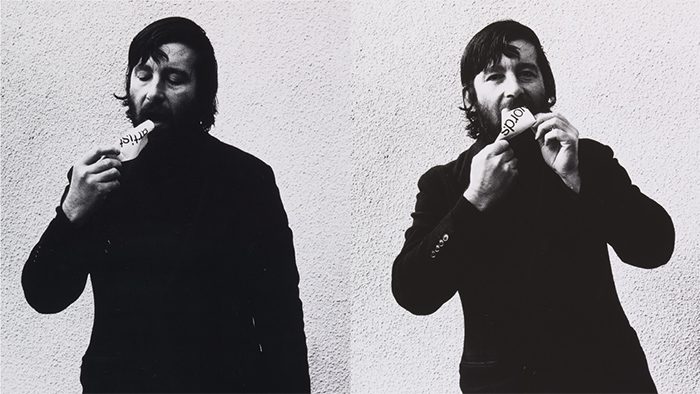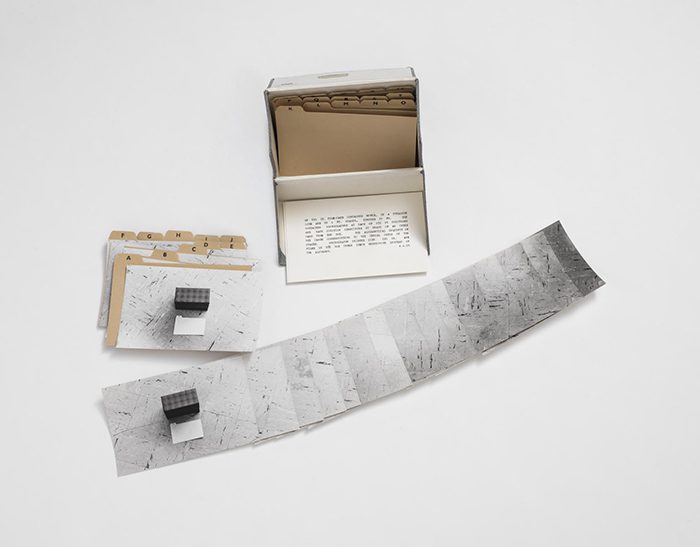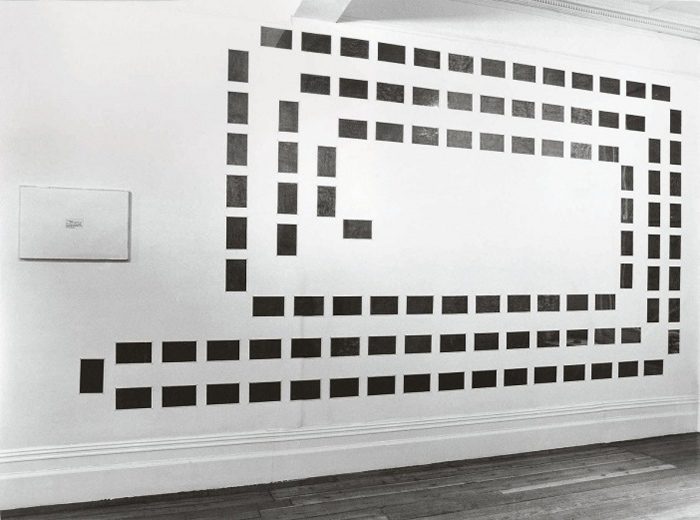ART-PRESENTATION: Conceptual Art in Britain 1964-1979
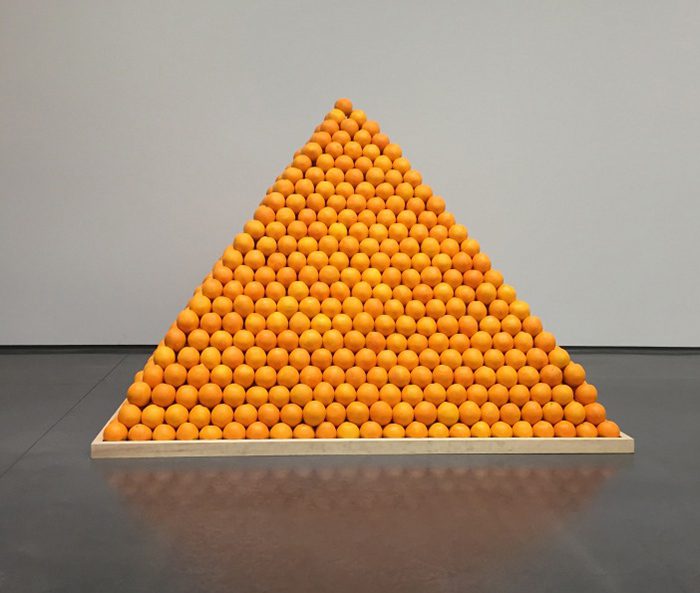 Conceptual art is based on the notion that the essence of art is an idea, or concept, and may exist distinct from and in the absence of an object as its representation. Conceptual art practices emerged at a time when the authority of the art institution and the preciousness of the unique aesthetic object were being widely challenged by artists and critics.
Conceptual art is based on the notion that the essence of art is an idea, or concept, and may exist distinct from and in the absence of an object as its representation. Conceptual art practices emerged at a time when the authority of the art institution and the preciousness of the unique aesthetic object were being widely challenged by artists and critics.
By Efi Michalarou
Photo: Tate Modern Archive
The exhibition “Conceptual Art in Britain 1964-1979” presents how the artists working in Britain transformed the nature of art. This exhibition traces the course of this Movement from its origins in the mid-‘60s through to the late ‘70s, bringing together 70 works by 21 artists, and demonstrates the radical, provoking and politically engaged nature of this period in art history. Conceptual artists made ideas the essence of their art. This exhibition positions Conceptual Art not as a style but rather a game-changing shift in the way we think about art, how it is made and what it is for. Conceptual art emerged during a time of political and social change. Surveying a period which spanned Harold Wilson’s first Labour government to the election of Margaret Thatcher, presents how conceptual art drew its material and content from the real world. The exhibition showcases how conceptual artists took art beyond its traditional boundaries and questioned how it was defined. Seminal works include: “An Oak Tree” (1973) by Michael Craig-Martin and “Soul City (Pyramid of Oranges)” (1967) by Roelof Louw. Artists like: Art & Language, Keith Arnatt, Richard Long, Bruce McLean and Stephen Willats prioritised ideas, concepts and artistic process over material form and questioned the nature of art and addressed issues of society, politics and identity. The exhibition also features the works of: Sue Arrowsmith, Braco Dimitrijević, Barry Flanagan, Hamish Fulton, Margaret Harrison, Ed Herring, Susan Hiller, John Hilliard, John Latham, Bob Law and David Tremlett.
Info: Curator Andrew Wilson & Carmen Juliá, Tate Modern, Bankside, London, Duration: 12/4-29/8/16, Days & Hours: Mon-Thu & Sun 10:00-18:00, Fri-Sat 10:00-22:00, www.tate.org.uk
